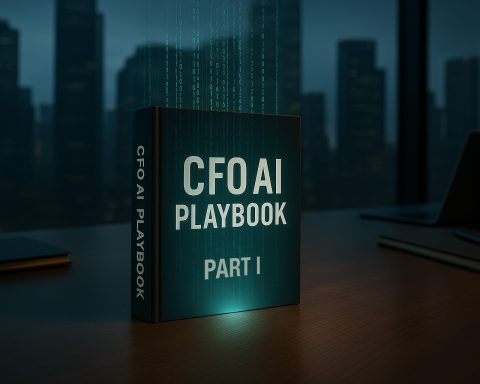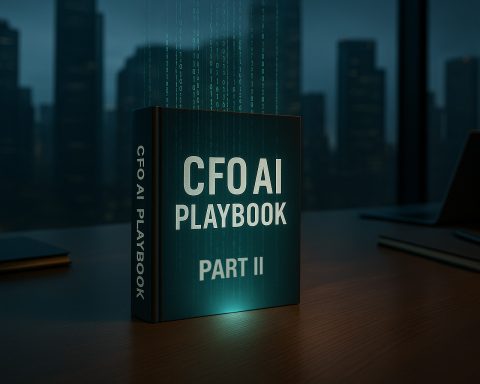Budgeting is more than numbers on a spreadsheet—it’s a strategic process that empowers nonprofits to turn vision into reality. A well-crafted budget is not just about balancing income and expenses; it’s about aligning financial resources with your mission, maintaining transparency, and enabling your organization to deliver meaningful impact to the communities you serve.
Let’s explore the essential components of a successful nonprofit budgeting process, rooted in mission, accountability, and sustainability.
Begin with a Mission-Focused Budget
A mission-focused budget is your North Star. It ensures every dollar has a purpose and that every expenditure reflects your organization’s core values.
Each budget line item should connect directly to your mission. For example, if your mission is to expand access to healthcare, your budget should clearly account for salaries of healthcare providers, medical supplies, facility costs, and related expenses. These aren’t just operational costs—they’re mission drivers.
Your strategic plan should guide this process. By building your budget in tandem with your organizational goals and objectives, you can confirm that:
- Your budget aligns with your mission and vision
- Resources are prioritized toward outcomes that matter most
Have an Inclusive and Well-Communicated Budget Process
Nonprofit budgeting shouldn’t be siloed within finance. It should be a cross-functional, inclusive process.
Key components:
- Involve stakeholders: Finance, development, executive leadership, program managers, and operations should all contribute.
- Set organizational goals: Clarify mission priorities and fundraising targets.
- Establish timelines: Finalize budgets before the fiscal year begins. For June 30 year-ends, that likely means starting in January or February.
Also, consider creating a budget narrative or justification to support each line item—especially helpful when presenting to the board or submitting grant budgets.
Use Industry Benchmarks to Ground Your Strategy
Comparing your organization’s key ratios to sector benchmarks can validate your assumptions and provide strategic insight. For example:
- Program efficiency ratio (program expenses ÷ total expenses)
- Operating reserve ratio (unrestricted net assets ÷ average monthly expenses)
- Revenue diversification score (percentage from individual giving, grants, earned income, etc.)
For nonprofits, benchmarking not only aids financial planning but also strengthens your case with funders and donors.
Start with the Past: Use Historical Data and Seasonality to Guide You
Accurate budgeting begins with the organization’s financial history. Pull reports from your general ledger to analyze actuals over the last 2–3 years, especially at the program and functional expense level. Look at how revenue and expenses have trended over time and identify seasonality—whether it’s a spike in giving at year-end or cyclical grant disbursements.
These trends should inform how you allocate both restricted and unrestricted revenue in your planning cycle. A one-time capital grant shouldn’t inflate your program service budget for the upcoming year unless it’s a recurring source. Likewise, anticipating timing of pledge receivables versus cash inflows will help ensure liquidity for day-to-day operations.
Understand Your Funding Sources
Diverse revenue streams bring both opportunity and complexity. Knowing the nuances of your funding sources allows you to plan proactively and manage sustainability.
Grants: These typically come with strings attached—specific requirements and measurable outcomes. A successful grant budget demonstrates exactly how funds will be used and how they tie back to the grant’s objectives.
Donations: Donor support requires continuous stewardship. Include outreach, marketing, and fundraising event costs in your budget, and regularly track the effectiveness of these efforts to identify what’s working—and what’s not.
Earned Income: Revenue from memberships, merchandise, or service fees should be tracked separately and budgeted accordingly. These can be reliable funding streams when monitored carefully.
Some questions to consider:
- Is our current donor base sustainable?
- What is guaranteed vs. soft-pledged?
- Are we expanding to new programs or funders?
- Are there environmental or regulatory shifts that might impact philanthropy or government funding?
This analysis should include unrestricted and restricted funding and align with your chart of accounts for clean financial reporting later.
Allocate Resources Strategically
Resource allocation is about clarity and intention. What are your most mission-critical activities? How can you ensure those initiatives are well-supported?
Effective allocation starts with a clear understanding of:
- Direct vs. Indirect Costs – Know what’s directly tied to programs versus general operations.
- Personnel Costs – Often your largest line item, and rightly so, but must be clearly linked to program delivery.
- Funding Source Restrictions – Identify what’s covered (and what’s not) by grants or donations.
A strong allocation methodology—one that includes cost classification (e.g., OTPS: Other Than Personnel Services)—will help ensure financial clarity and donor trust.
Monitor & Reforecast Your Budget Regularly
A static budget is a missed opportunity. Your financial plan must evolve with your organization.
Regular budget monitoring (monthly or quarterly) allows you to:
- Compare actuals to projections
- Spot variances early
- Take corrective action before small issues become big problems
And when the unexpected happens? Reforecasting becomes your safety net. Whether facing shifts in funding or changes in programming, flexibility in your budget ensures resilience and responsiveness. A mid-year reforecast process allows leadership to:
- Update expectations based on actual performance
- Shift priorities in response to funding or operational changes
- Prepare for future audits or funder reports with accurate projections
Encourage department leads to review budget-to-actuals quarterly and provide input. Flexibility leads to stronger alignment across teams and reduces surprises at year-end.
Leverage Technology: Budgeting Software That Works for You
The right budgeting tools make a world of difference. Budgeting software designed for nonprofits can streamline your process, improve accuracy, and reduce administrative burden.
Look for features like:
- Grant tracking
- Donation management
- Expense and revenue reporting by programs
The software you choose should fit your organization’s needs and budget. Consider user-friendliness, integration with your accounting system, and whether it scales with your organization’s growth.
The Bottom Line
Budgeting is not just an annual task—it’s an ongoing strategy. By leading with your mission, understanding your funding, allocating wisely, monitoring consistently, and leveraging the right tools, your nonprofit can budget with confidence and clarity.
As you plan your next fiscal year, keep in mind: budgeting is how you plan for success, avoid common pitfalls, and sustain the impact your community counts on.






















